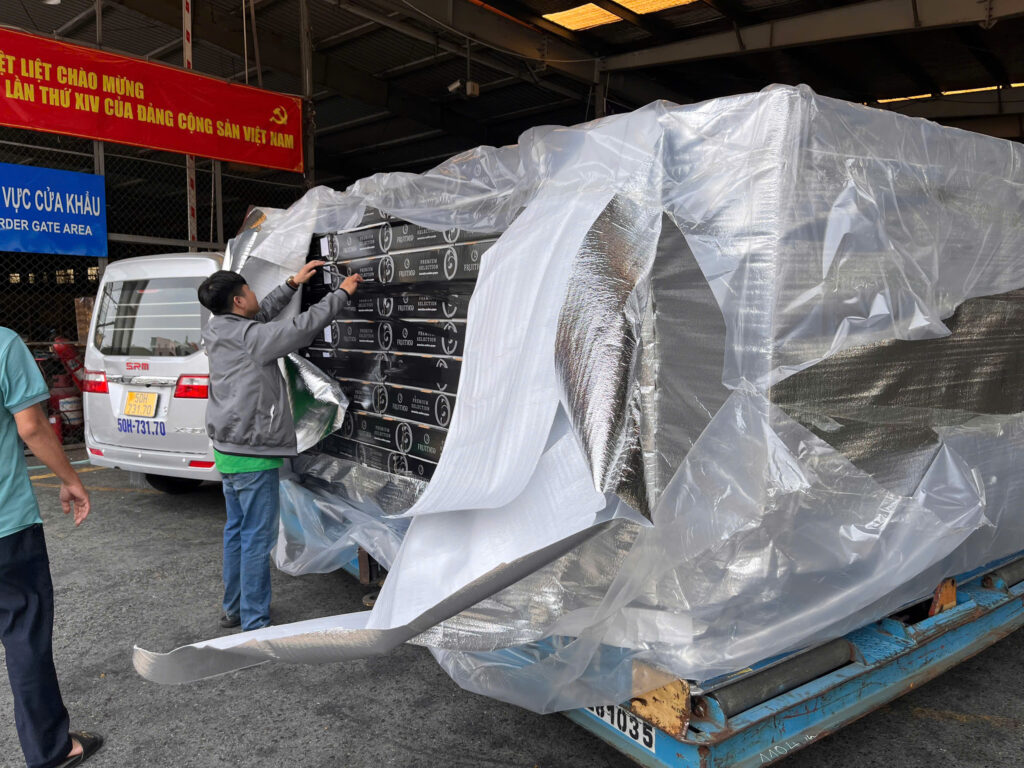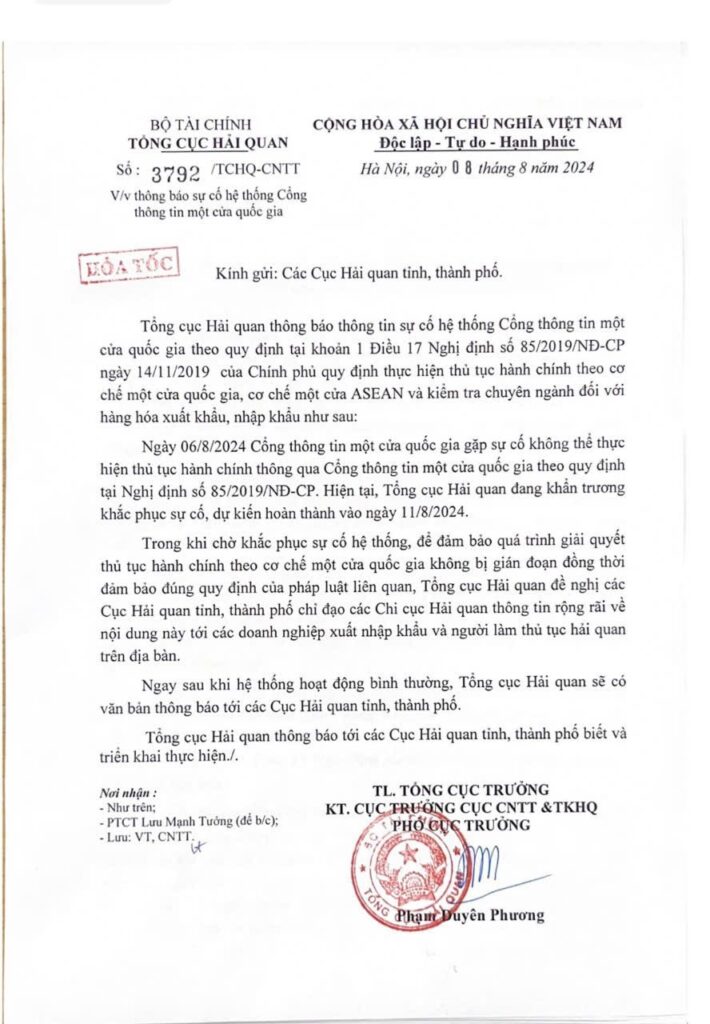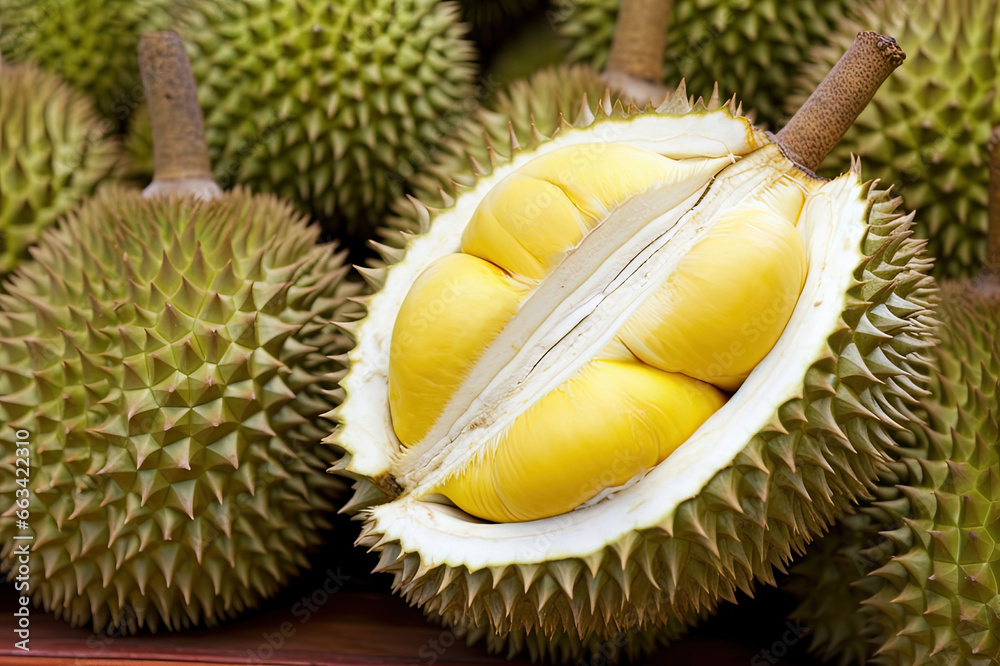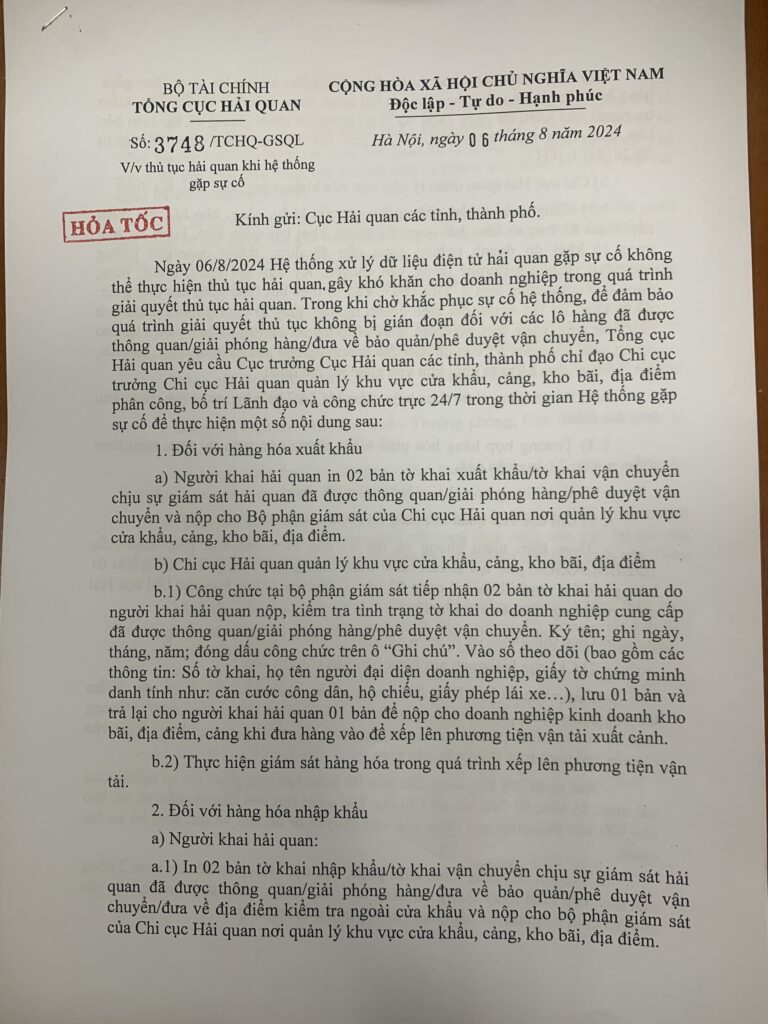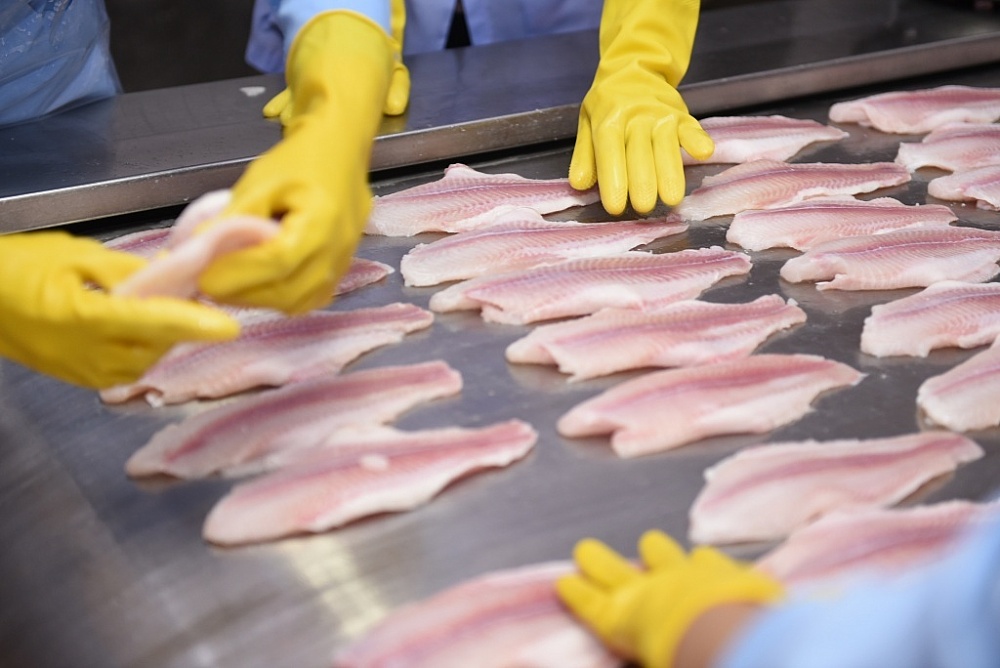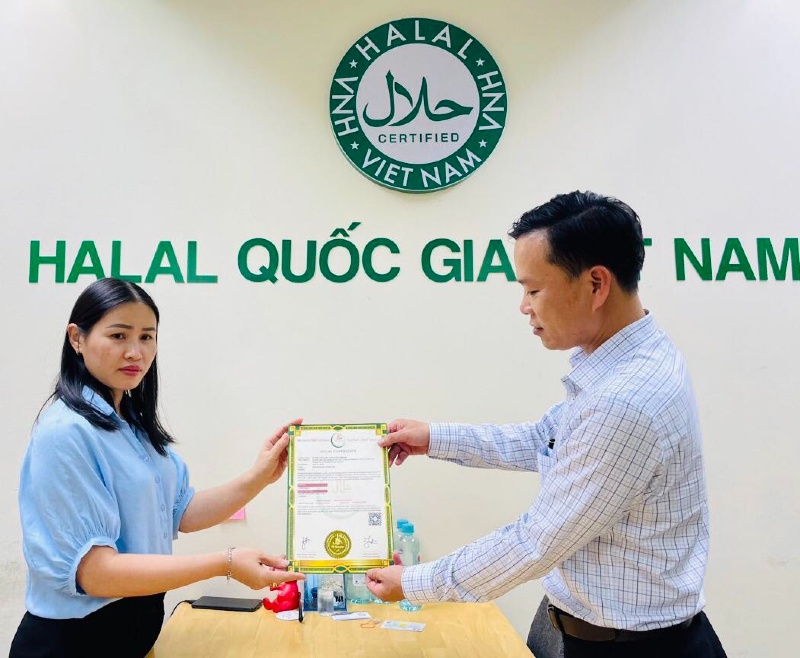FAO experts say increased rice acreage amid rising rice prices and broader access to fertilizer could sustain output expansion.
Rice yield Asia's output is expected to rise this year as higher prices push farmers to expand acreage and use more fertilizer.
This forecast eases concerns about supply after 2022 output fell for the first time in seven years.
Quantity off-season rice Recent harvests in India and Thailand, the world's top two exporters, have exceeded last year's levels and farmers are preparing to plant the main crop in the coming months, with prices hovering near highs. most in two years.
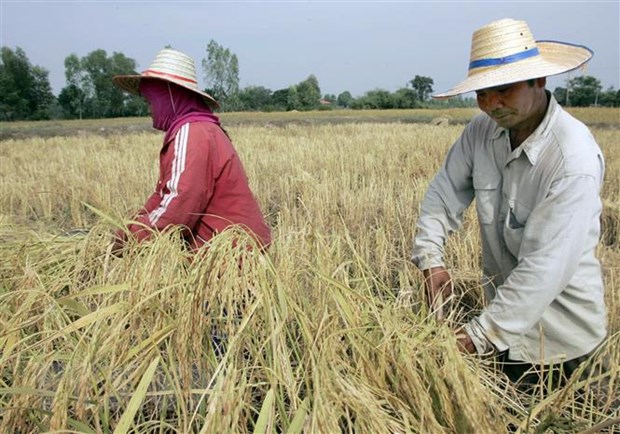
[Thailand aims to export 7.5-8 million tons of rice this year]
Shirley Mustafa, an economist at the United Nations Food and Agriculture Organization (FAO), said major producers in the Northern Hemisphere, including India, Pakistan and Thailand, will start planting their main crop in May and June.
Expert Mustafa commented that the rice growing area is increasing amid this context rice price increases and broader access to fertilizers could sustain output expansion.
India's export restrictions last year, coupled with a drop in global output following a heatwave in China and floods in Pakistan, lifted prices of the staple and deepened concerns about inflation. Food.
However, rice prices have fallen in recent weeks, with 5% broken rice widely used in India, the world's largest rice producer, and Thailand, quoted well below its peak. for two years recorded in 2023.
Winter rice output in India rose to 22.8 million tonnes from 18.5 million tonnes a year ago as above-average rains in September and October allowed farmers to expand production. The recovery has compensated for the decline in the summer crop.
According to FAO, off-season rice output in Thailand this year is expected to increase to 5.1 million tons, an increase of 24% compared to a year ago.
The International Grains Council (IGC) said globally, rice growing area is expected to increase from 163.74 million hectares to 165.70 million hectares in the 2023-2024 crop year, with production expected to increase from 509.30 million tons to 521.49 million tons.
Peter Clubb, market analyst at IGC, said higher prices will encourage planting activity for the 2023-2024 crop year, especially from major exporting countries.
Rice producers are expected to use more fertilizer to increase yields.
Fertilizer prices fell in the first quarter of 2023, as supplies from Belarus, the third largest exporter of potash (potassium compound, a key raw material for fertilizer production), resumed and input costs fell, after when it reaches a high in 2022.
However, weather remains a key factor for Asian rice production.
Some meteorologists predict that the El Nino phenomenon will cause drought in much of Asia./.

